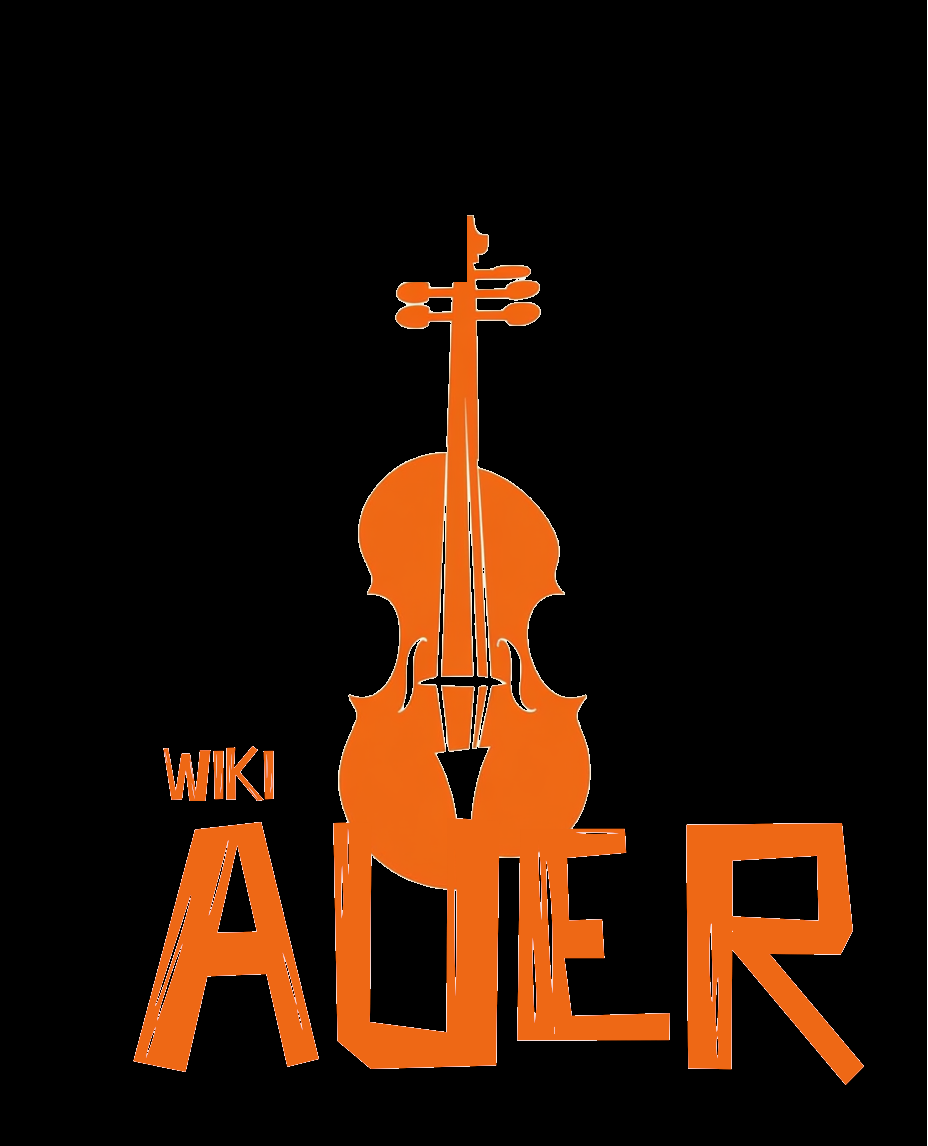XR Reality Check: What Commercial Devices Deliver For Spatial Tracking
Inaccurate spatial tracking in extended reality (XR) devices results in virtual object jitter, misalignment, and consumer discomfort, fundamentally limiting immersive experiences and natural interactions. In this work, we introduce a novel testbed that permits simultaneous, synchronized analysis of multiple XR gadgets under equivalent environmental and kinematic circumstances. Leveraging this platform, we present the first complete empirical benchmarking of five state-of-the-artwork XR units across sixteen various eventualities. Our results reveal substantial intra-machine performance variation, with individual gadgets exhibiting up to 101% increases in error when working in featureless environments. We also exhibit that tracking accuracy strongly correlates with visible conditions and motion dynamics. Finally, iTagPro features we discover the feasibility of substituting a motion seize system with the Apple Vision Pro as a practical ground reality reference. 0.387), itagpro tracker highlighting both its potential and its constraints for rigorous XR evaluation. This work establishes the first standardized framework for comparative XR tracking analysis, providing the research group with reproducible methodologies, comprehensive benchmark datasets, and open-supply tools that allow systematic analysis of tracking efficiency across devices and circumstances, thereby accelerating the development of extra robust spatial sensing technologies for XR programs.
The speedy advancement of Extended Reality (XR) technologies has generated significant interest across research, growth, and shopper domains. However, inherent limitations persist in visible-inertial odometry (VIO) and visible-inertial SLAM (VI-SLAM) implementations, notably below challenging operational situations including high rotational velocities, low-mild environments, and textureless spaces. A rigorous quantitative evaluation of XR monitoring methods is critical for builders optimizing immersive purposes and customers choosing gadgets. However, three fundamental challenges impede systematic efficiency evaluation across commercial XR platforms. Firstly, iTagPro smart device major iTagPro smart device XR manufacturers don't reveal essential tracking efficiency metrics, sensor (monitoring digital camera and IMU) interfaces, or algorithm architectures. This lack of transparency prevents independent validation of monitoring reliability and limits decision-making by builders and finish customers alike. Thirdly, current evaluations concentrate on trajectory-level efficiency but omit correlation analyses at timestamp degree that link pose errors to camera and IMU sensor knowledge. This omission limits the ability to investigate how environmental factors and user kinematics affect estimation accuracy.
Finally, most prior work doesn't share testbed designs or experimental datasets, limiting reproducibility, validation, iTagPro features and subsequent research, reminiscent of efforts to mannequin, predict, or adapt to pose errors primarily based on trajectory and sensor information. In this work, we propose a novel XR spatial monitoring testbed that addresses all the aforementioned challenges. The testbed allows the next functionalities: (1) synchronized multi-gadget tracking efficiency evaluation below various movement patterns and configurable environmental conditions; (2) quantitative evaluation amongst environmental characteristics, user movement dynamics, multi-modal sensor data, ItagPro and pose errors; and (3) open-supply calibration procedures, data assortment frameworks, and analytical pipelines. Furthermore, our analysis reveal that the Apple Vision Pro’s monitoring accuracy (with a median relative pose error (RPE) of 0.Fifty two cm, which is the best amongst all) permits its use as a floor truth reference for iTagPro technology evaluating other devices’ RPE without using a motion capture system. Evaluation to advertise reproducibility and standardized analysis in the XR research community. Designed a novel testbed enabling simultaneous analysis of a number of XR gadgets beneath the same environmental and kinematic circumstances.
This testbed achieves correct evaluation by way of time synchronization precision and extrinsic calibration. Conducted the primary comparative analysis of five SOTA business XR units (four headsets and one pair of glasses), quantifying spatial monitoring efficiency across sixteen diverse scenarios. Our analysis reveals that average tracking errors vary by up to 2.8× between units beneath identical challenging circumstances, with errors ranging from sub-centimeter to over 10 cm relying on gadgets, movement sorts, and atmosphere circumstances. Performed correlation analysis on collected sensor data to quantify the influence of environmental visible options, SLAM inside status, and IMU measurements on pose error, demonstrating that different XR units exhibit distinct sensitivities to those components. Presented a case examine evaluating the feasibility of utilizing Apple Vision Pro instead for conventional motion capture programs in monitoring analysis. 0.387), this suggests that Apple Vision Pro supplies a dependable reference for native tracking accuracy, making it a sensible software for iTagPro features many XR evaluation eventualities despite its limitations in assessing global pose precision.
